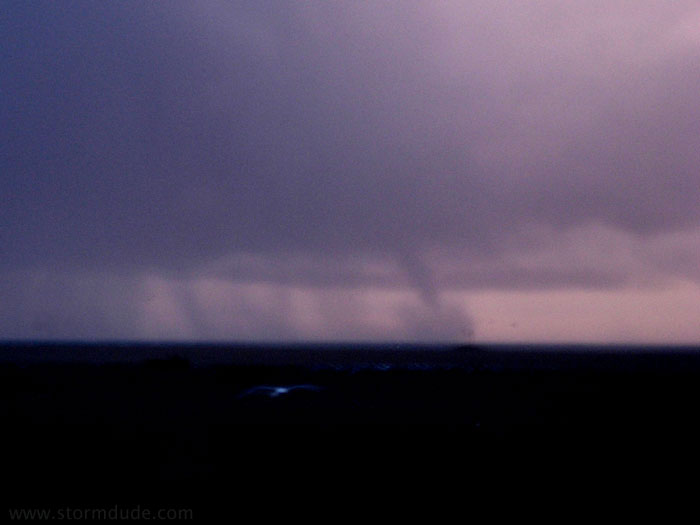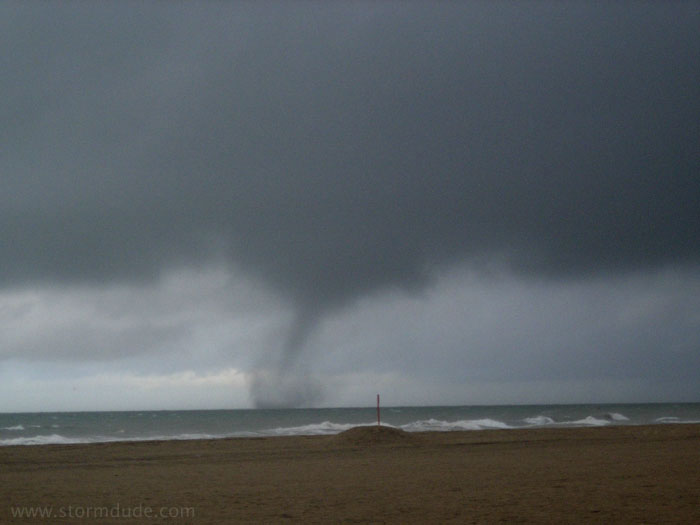Robert Dewey
EF5
Cold air funnels can (and do) come from plain old general thunderstorms (not supercells), I've never heard of any rotation or funnel coming out of a cumulus cloud....can you show me a documentation of this, please?
Right here: http://www.srh.noaa.gov/eyw/HTML/spottertext.html
"Fair weather waterspouts"






